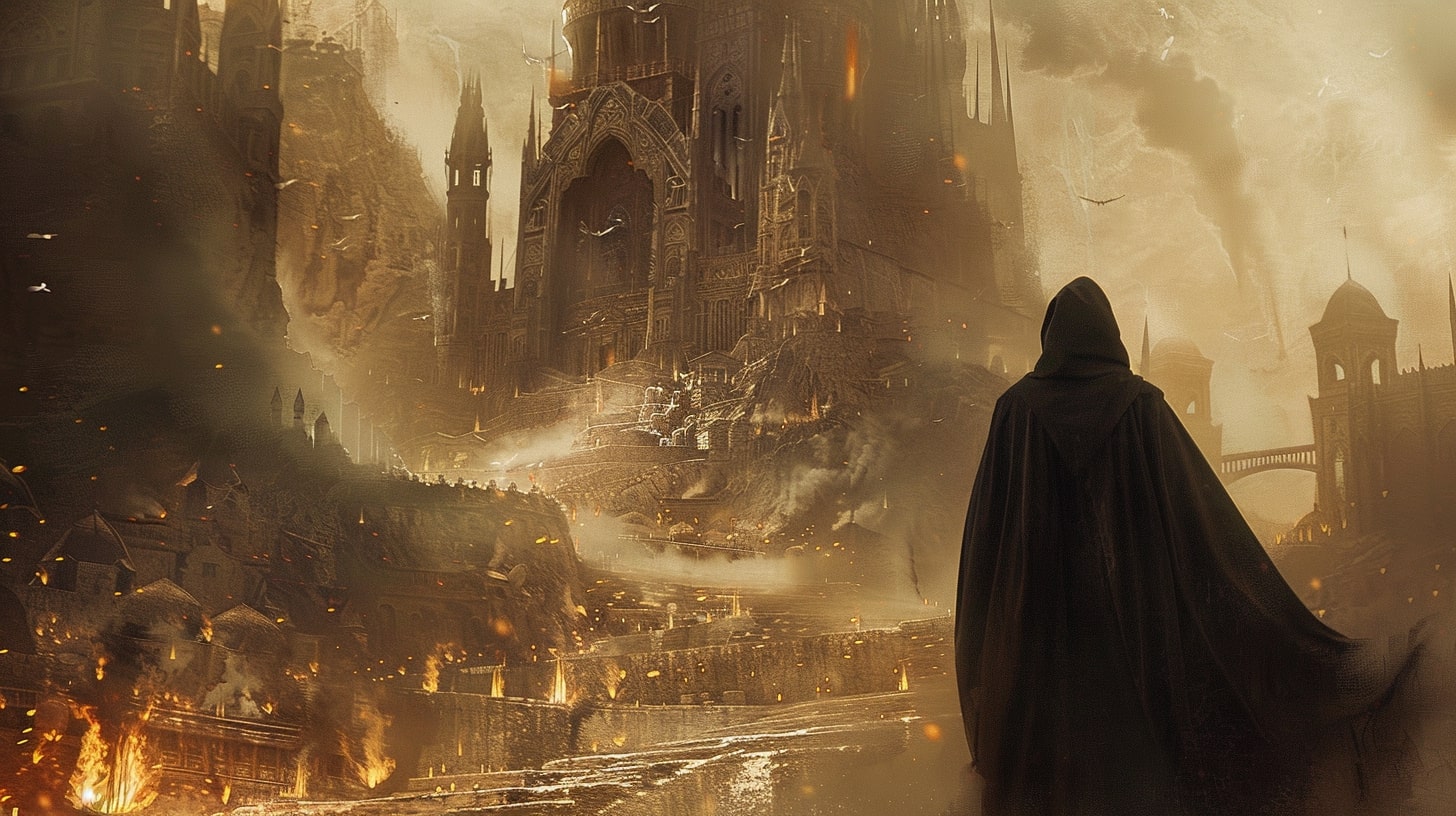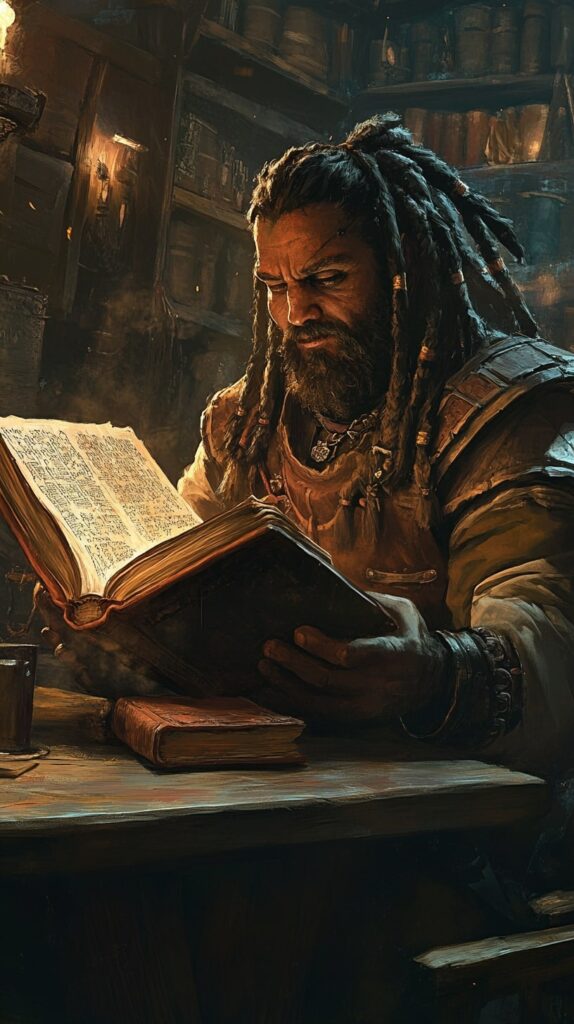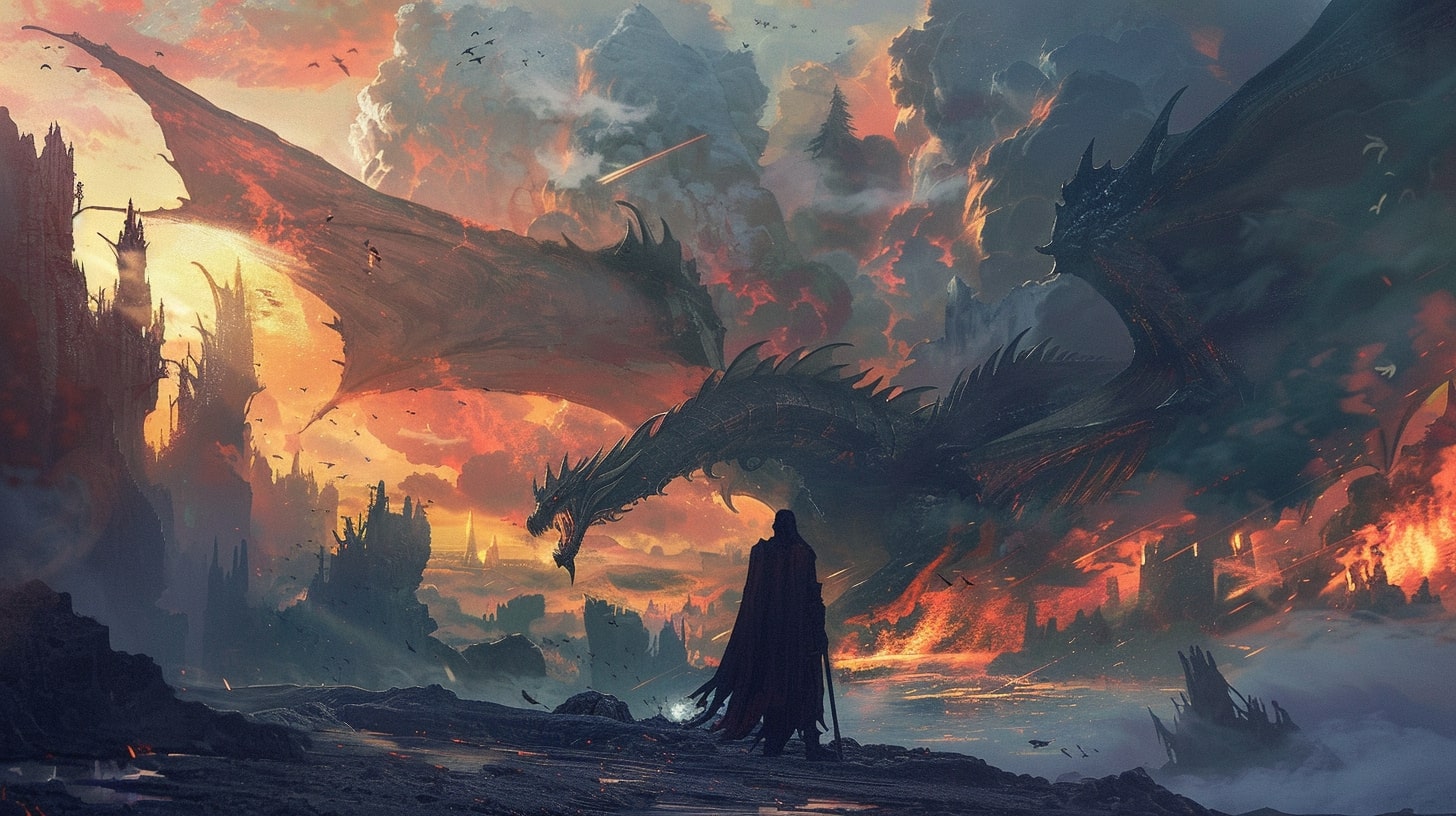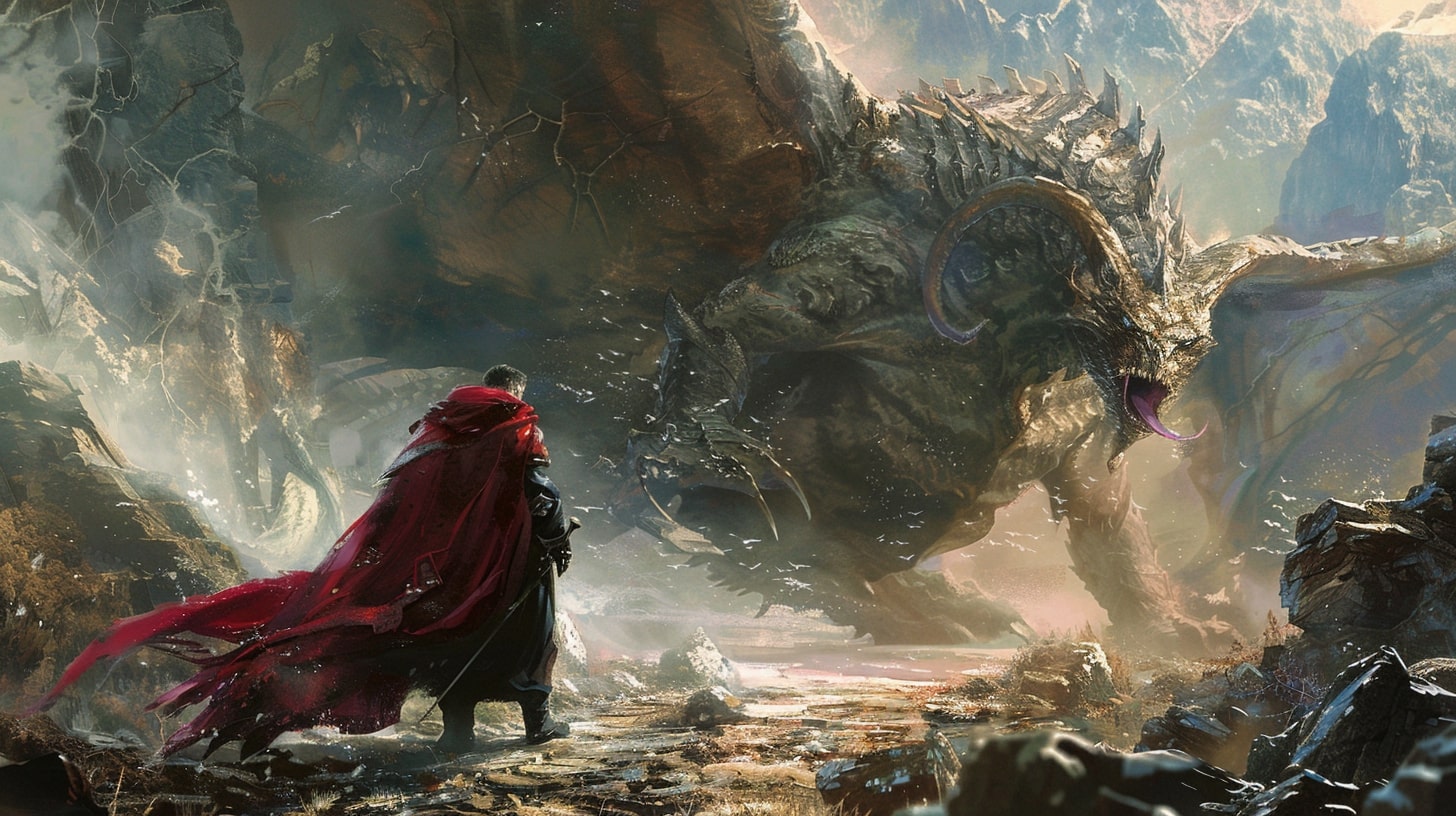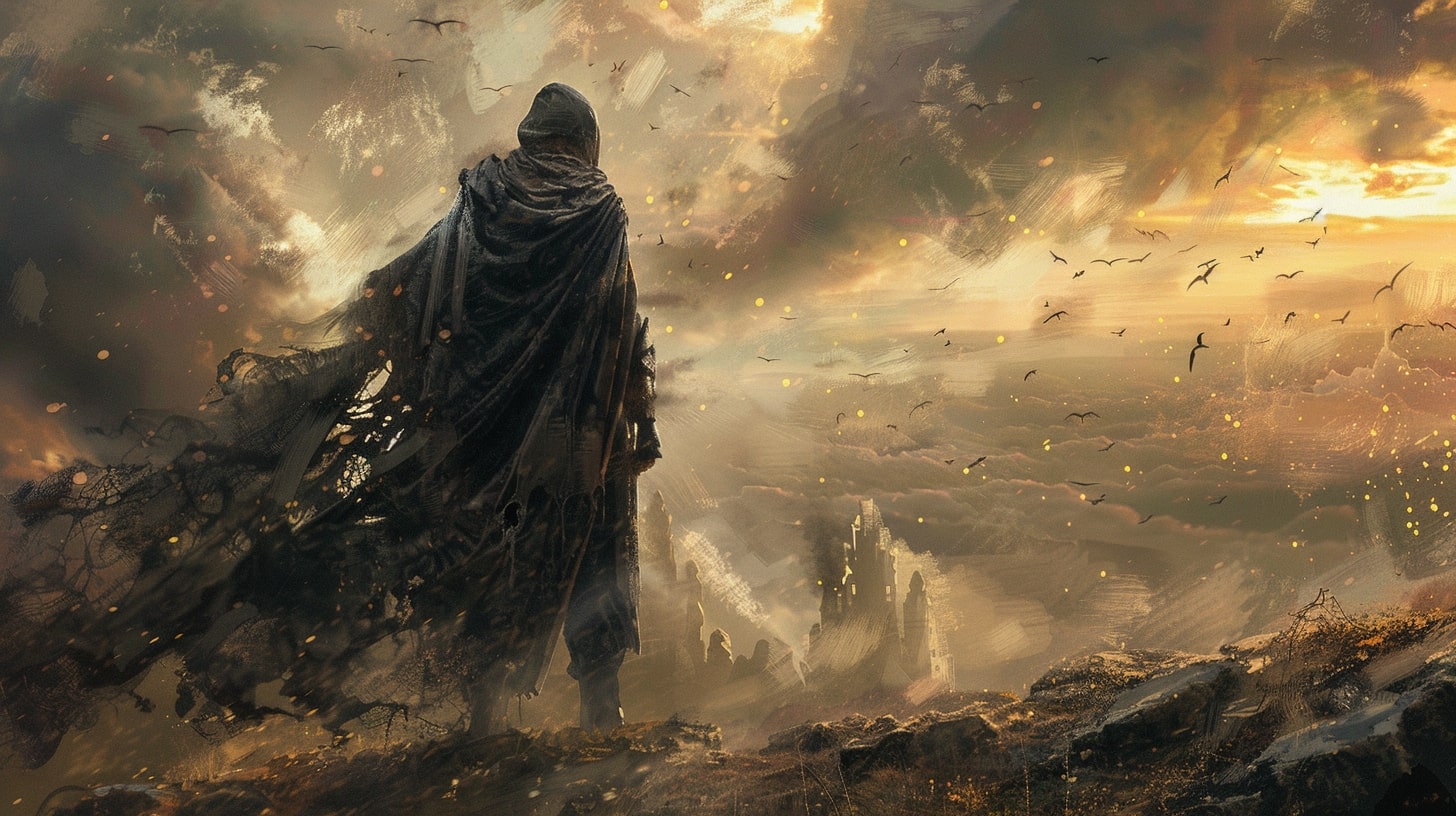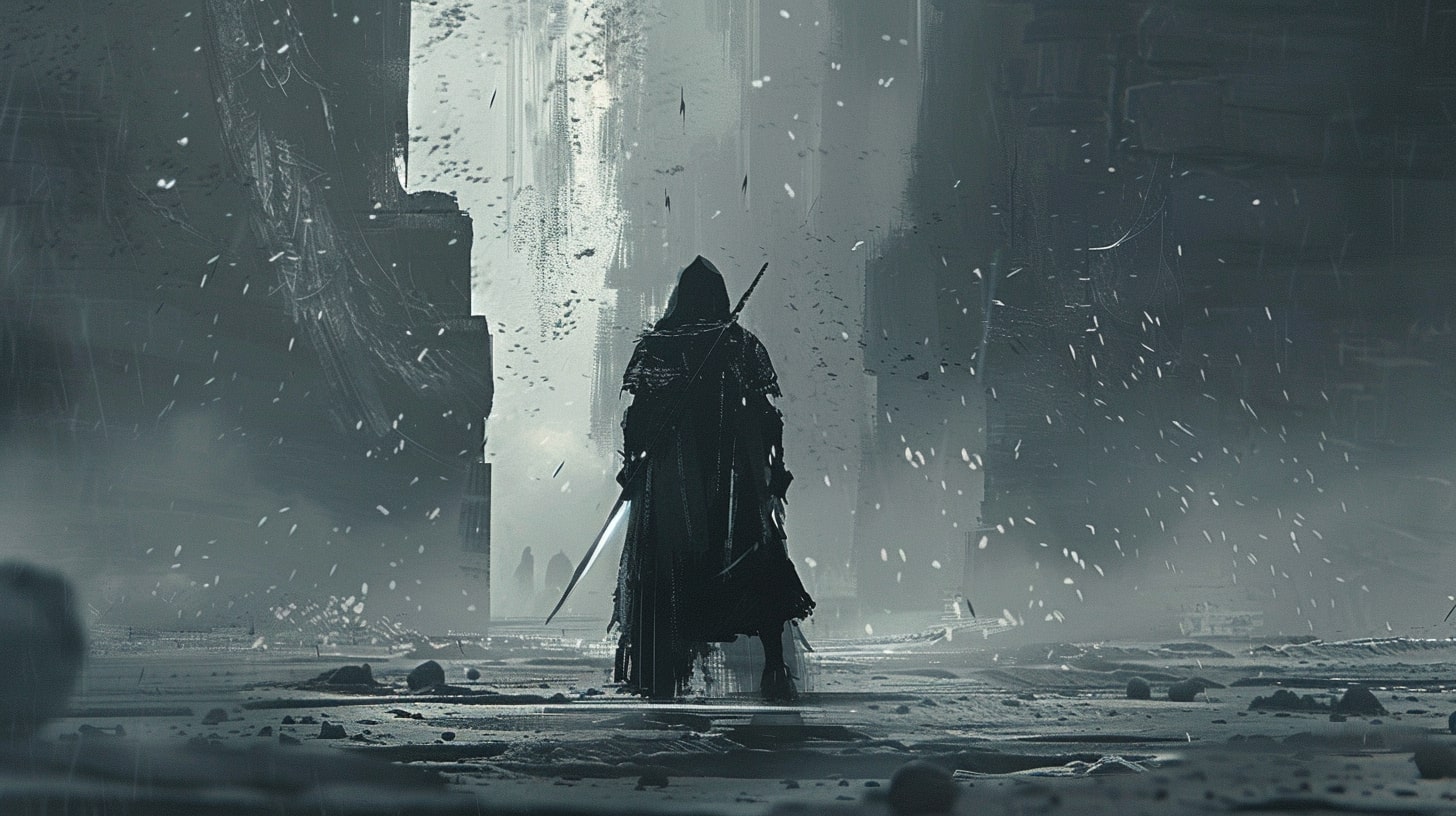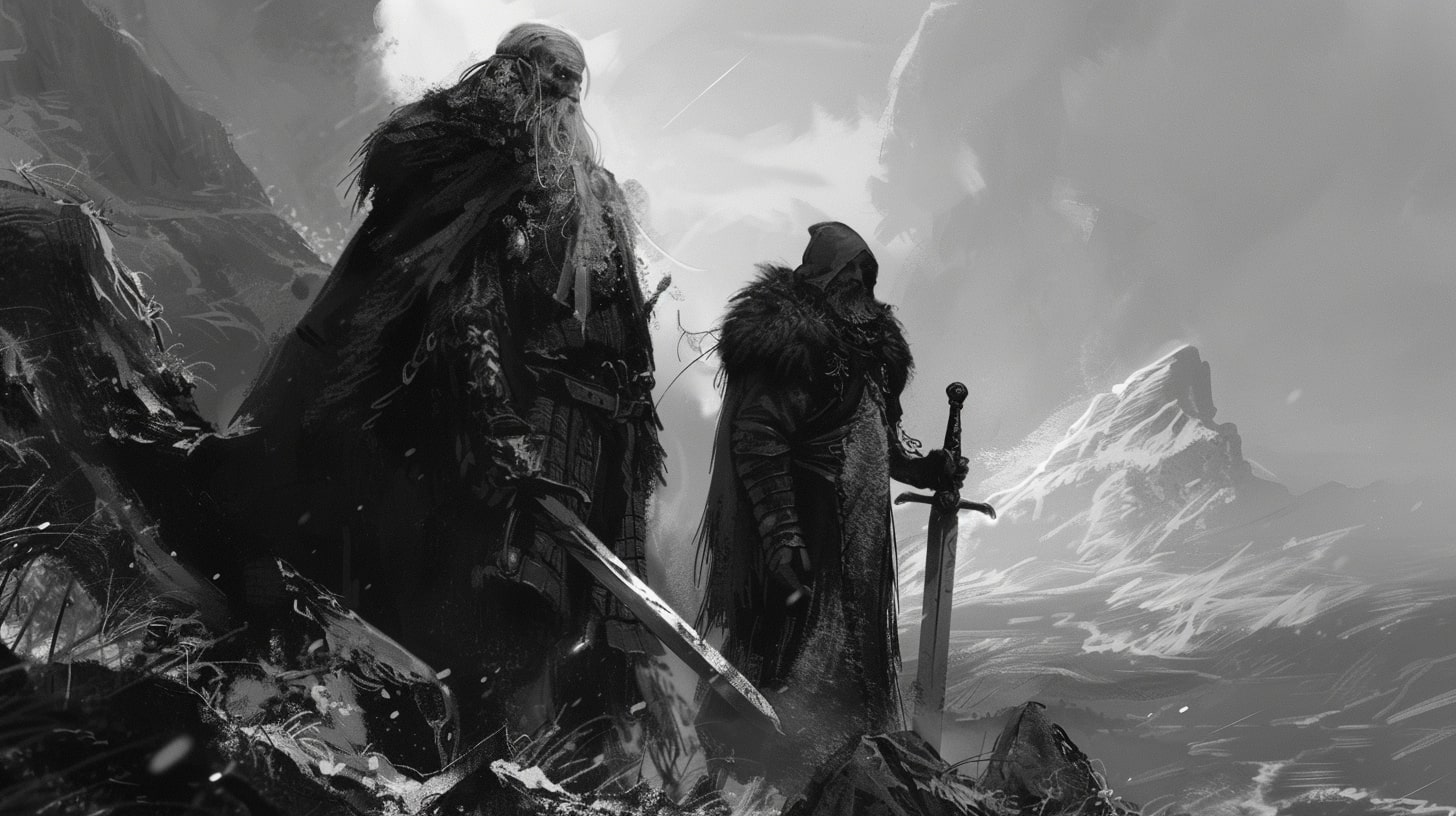Unleashing the Power of Character Development
Welcome, aspiring writers! Get ready to dive into the enchanting world of character development. Why settle for one-dimensional characters when you can create complex, multi-faceted beings that leap off the page?
Developing complex characters always seems like a fun thing to do, but it’s far from easy. If it were then every story you’ve ever read would be memorable, but we know that isn’t the case.
And it’s usually because of the characters. They are too simple! When it comes to character development, you need to develop some characters to have range and depth to them.
Unless you’re creating a 1930’s cartoon you want your characters to pop. How do you do that?
Well, let’s find out.
Why Complex Characters Matter
Imagine a story filled with characters as flat as a pancake. Boring, right? Complex characters add depth and intrigue to your storytelling. They are the spice that makes your literary dish delectable. These characters have layers, quirks, and motivations that keep readers hooked.
Complex characters are relatable, flawed, and human (or non-human if you’re writing fantasy or sci-fi). They make your readers laugh, cry, and stay up all night turning pages. They bring your story to life and make it memorable.
The Art of Developing Complex Characters
Now that you understand the importance of complex characters, let’s delve into the art of developing them. It’s not just about slapping a name on a piece of paper and calling it a day. It takes time, effort, and a touch of magic to create characters that resonate with your readers.
To start, understand your character’s motivation. What drives them? What are their desires, fears, and dreams? Dive deep into their psyche to uncover what makes them tick. This knowledge will shape their actions and decisions throughout your story. Check out our article on character motivation in writing for more insights.
Next, craft a believable backstory for your characters. Think of their past experiences, the people who influenced them, and the events that shaped their lives. A well-developed backstory adds richness and authenticity to your characters. For inspiration, explore our article on character backstory ideas.
Remember, complex characters have unique personalities. They’re not carbon copies of each other. Consider their quirks, passions, and flaws. Are they introverted or extroverted? Analytical or impulsive? By creating distinct personalities, your characters will stand out in the minds of your readers. Need help brainstorming personality traits? Check out our article on character personality traits.
To add depth, explore conflicting traits within your characters. Are they brave yet fearful? Compassionate yet merciless? These contradictions make your characters more human, relatable, and intriguing. It’s the balance between light and darkness that captures the reader’s attention.
As you embark on the journey of character development, keep in mind that characters are not isolated beings. They exist within a web of relationships. Explore the power of their interactions, the dynamics between friends, enemies, and lovers. For more insights on crafting realistic relationships, visit our article on character relationships and dynamics.
So, fellow writers, embrace the art of developing complex characters. Unleash your creativity and breathe life into your literary creations. Remember, the journey of character development is as important as the destination.

Developing Complex Characters: Building the Foundation
To develop complex characters in your writing, you need to start by building a strong foundation. This means understanding your character’s motivation and crafting a believable backstory.
Understanding Your Character’s Motivation
Every character has a reason for their actions, whether it’s saving the world or simply getting a second cup of coffee. Understanding your character’s motivation is key to creating depth and believability. Ask yourself, “What drives this character? What are their desires, fears, and aspirations?” By delving into their inner motivations, you can create a more compelling and relatable character.
Consider the different factors that influence their motivations. Is it their personal history, relationships, or values? Are there any external forces or conflicts that shape their goals? Understanding the why behind your character’s actions will help you create a more cohesive and engaging story.
For more tips on developing your character’s motivation, check out our article on character motivation in writing.
Crafting a Believable Backstory
A believable backstory provides context and depth to your character’s present actions. It shapes their experiences, beliefs, and personality traits. When crafting a backstory, consider the character’s upbringing, past relationships, and significant life events.
Think about the challenges and triumphs your character has faced. How have these experiences shaped them? What lessons have they learned along the way? A well-crafted backstory can help explain your character’s motivations and provide insight into their current behavior.
To assist you in developing a detailed backstory, you may find it helpful to use a character development worksheet or explore character backstory ideas. These resources can guide you through the process of creating a rich and believable history for your character.
Remember, a believable backstory doesn’t mean revealing every detail to your readers. It’s about understanding your character’s past and allowing it to inform their present actions. This will help create a more well-rounded and relatable character that readers can connect with.
By focusing on your character’s motivation and crafting a believable backstory, you lay a solid foundation for developing complex characters. This sets the stage for adding depth, exploring relationships, and showcasing growth throughout your story. In the next sections, we will dive deeper into these aspects of character development.

Adding Depth to Your Characters
Now that you’ve laid the foundation for your characters, it’s time to take them to the next level by adding depth and complexity. Creating unique personalities and exploring conflicting traits can make your characters more engaging and relatable to your readers. Let’s dive into these aspects of character development!
Creating Unique Personalities
To make your characters stand out, it’s important to give them distinct and memorable personalities. Think about what sets them apart from other characters in your story. Consider their quirks, habits, and mannerisms that make them unique. Are they witty, sarcastic, or shy? Do they have a specific way of speaking or a particular sense of humor? These traits can shape their personality and make them more relatable to your audience.
To develop unique personalities, you can draw inspiration from real-life individuals, observe people around you, or even explore character personality traits to see which ones resonate with your character. By giving your characters their own distinct voice and mannerisms, you’ll make them feel more like real people.
Exploring Conflicting Traits
One way to add depth to your characters is by exploring conflicting traits within them. Just like real people, your characters can have a mix of positive and negative qualities. These conflicting traits can create internal struggles and add complexity to their personalities.
For example, a character may be courageous and strong-willed but also struggle with self-doubt. This internal conflict can create tension and make the character more relatable to readers. By exploring these conflicting traits, you can create multi-dimensional characters that feel more human.
To develop conflicting traits, consider the motivations and backstories of your characters. Think about their past experiences and how those experiences have shaped their personalities. This will help you identify areas of potential conflict within your characters. For more ideas on character development, check out our article on character development prompts.
By creating unique personalities and exploring conflicting traits, you can add depth and complexity to your characters. This will make them more interesting to readers and allow them to evolve throughout your story. Remember, characters are the heart of your story, so take the time to develop them fully and bring them to life on the page.

Developing Realistic Relationships
Creating realistic relationships between your characters is a crucial aspect of character development. By exploring the power of interactions and building dynamic relationships, you can add depth and authenticity to your story.
The Power of Interactions
Interactions between characters play a significant role in shaping their relationships. These interactions can be verbal or non-verbal, and they reveal the dynamics, emotions, and underlying tensions between characters. Consider the following ways to make character interactions more powerful:
Dialogue: Craft dialogue that reflects each character’s unique voice, personality, and motivations. Use character-specific language and speech patterns to make conversations feel authentic. Check out our article on character dialogue and voice for more guidance.
Body Language: Pay attention to non-verbal cues, such as facial expressions, gestures, and posture. These subtle actions can convey emotions and intentions, adding depth to character interactions.
Conflict and Tension: Introduce conflicting goals, values, or beliefs among characters to create tension and conflict. This can lead to engaging and impactful interactions that drive the plot forward. Learn more about character conflicts in our article on character conflicts and resolutions.
Building Dynamic Relationships
Dynamic relationships are essential for realistic character development. These relationships evolve and change over time, reflecting the growth and transformation of your characters. Here are some tips for building dynamic relationships:
Establishing a Connection: Start by establishing a solid foundation for the relationship. This could be through shared experiences, common interests, or a shared goal. The initial connection sets the stage for the development of the relationship.
Conflict and Resolution: Introduce conflict and obstacles that challenge the relationship. These can be internal or external conflicts that test the characters’ bonds. Through these challenges, characters have the opportunity to grow and strengthen their relationship.
Character Development: Use the relationship as a catalyst for character growth and transformation. The dynamics of the relationship can influence the decisions and actions of the characters, revealing their strengths, weaknesses, and personal growth.
By focusing on the power of interactions and building dynamic relationships, you can create compelling and realistic connections between your characters. These relationships add depth, conflict, and emotional resonance to your story, making it more engaging and memorable for your readers.
Balancing Strengths and Weaknesses
Developing complex characters involves creating a delicate balance between their strengths and weaknesses. This balance not only adds depth and realism to your characters but also helps to drive the plot forward. In this section, we will explore two important aspects of character development: identifying character flaws and showcasing growth and development.
Identifying Character Flaws
Flaws are what make characters relatable and human. Nobody is perfect, and your characters shouldn’t be either. By giving your characters flaws, you create opportunities for conflict, growth, and transformation.
Character flaws can take various forms, such as physical, emotional, or psychological weaknesses. These flaws can stem from past traumas, bad habits, or personality traits. They can include vices like arrogance, impulsiveness, or even a fear of commitment. When identifying character flaws, consider how these imperfections will affect their relationships, decision-making, and overall journey.
To help you brainstorm different character flaws, check out our article on character traits and flaws. Remember that flaws shouldn’t be exaggerated or overly cliché. Instead, strive for flaws that are authentic and relevant to your character’s backstory and goals.
Showcasing Growth and Development
Characters that remain stagnant throughout a story can feel one-dimensional and uninteresting. To avoid this, it’s important to showcase growth and development in your characters. This allows them to evolve and overcome their flaws, creating a sense of progression and fulfillment for both the character and the reader.
Character growth can be portrayed through various means, such as facing challenges, learning from mistakes, or acquiring new skills. As your character embarks on their journey, they should experience personal growth and transformation. This growth can manifest in changes to their beliefs, values, or behavior.
To effectively showcase growth and development, consider the starting point of your character and the desired endpoint. Think about the lessons they need to learn and the obstacles they must overcome to achieve personal growth. By highlighting their progress and evolution, you create a more satisfying and rewarding character arc.
For more insights on character development and creating a compelling narrative, explore our article on character growth and transformation.
By identifying character flaws and showcasing growth and development, you can create well-rounded and engaging characters that resonate with your readers. Remember to strike a balance between strengths and weaknesses, allowing your characters to face challenges head-on and evolve throughout their journey.
Bringing It All Together
Congratulations, you’ve made it to the final stage of developing complex characters! Now it’s time to bring all your hard work and creativity together to create characters that truly come to life on the page. In this section, we’ll explore two important aspects of character development: show, don’t tell and crafting memorable dialogue.
Show, Don’t Tell
Ah, the age-old writing advice: “Show, don’t tell.” But what does it really mean? Well, instead of telling your readers what your characters are like, show them through their actions, thoughts, and interactions with others. This allows readers to experience the characters’ traits and personalities firsthand, making the story more engaging and immersive.
For example, don’t simply state that your character is brave. Show their bravery by having them face their fears head-on, making courageous decisions, or standing up for what they believe in. Let their bravery shine through their actions and the choices they make.
Remember, character personality traits are not just adjectives you assign to your characters; they are qualities that should be demonstrated and explored throughout your story. By showing your characters’ traits in action, you create a more vivid and believable world for your readers to experience.
Crafting Memorable Dialogue
Dialogue is a powerful tool for revealing your characters’ personalities, relationships, and motivations. Memorable dialogue can make your characters come alive, adding depth and authenticity to their interactions. Here are a few tips to help you craft compelling dialogue:
Distinctive voices: Each character should have their own unique way of speaking. Consider their background, education, and personality when shaping their dialogue. A witty character might sprinkle their speech with humor, while a more serious character may use formal language.
Subtext and conflict: Dialogue is not just about what is being said, but also what is left unsaid. Use subtext to create tension and conflict between characters. Sometimes, what isn’t said can be more powerful than what is.
Natural flow: Dialogue should flow naturally and reflect how people actually speak. Avoid unnatural exposition or long monologues. Break up dialogue with actions and reactions to keep it engaging.
Character objectives: Each character should have their own motivation in a scene. Their objectives can clash or align with others, creating dynamic and engaging conversations. This adds depth to your characters and drives the plot forward.
By focusing on showing your characters’ traits and crafting memorable dialogue, you can create characters that leap off the page and stay with your readers long after they’ve finished your story. So go ahead, unleash your power and bring your complex characters to life!
Note: Looking for more tips on character development? Check out our articles on character development exercises, character development prompts, and writing realistic characters for further inspiration.
